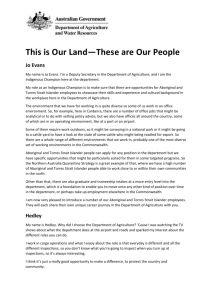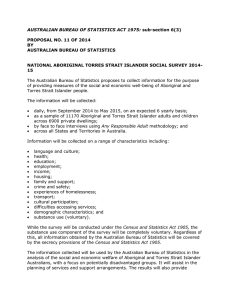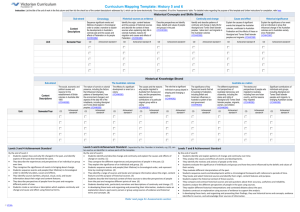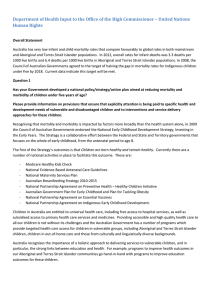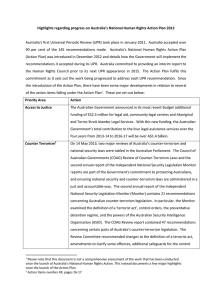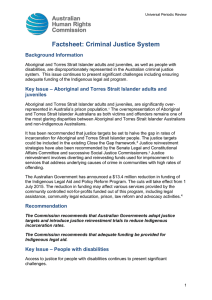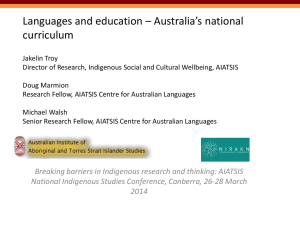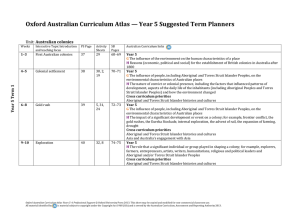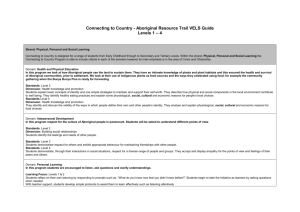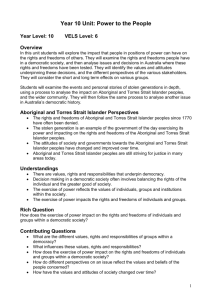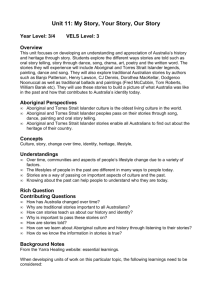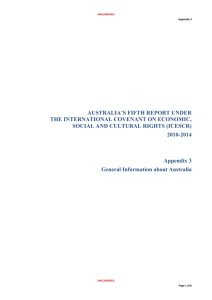National Environmental Health Strategy - 2012–15
advertisement
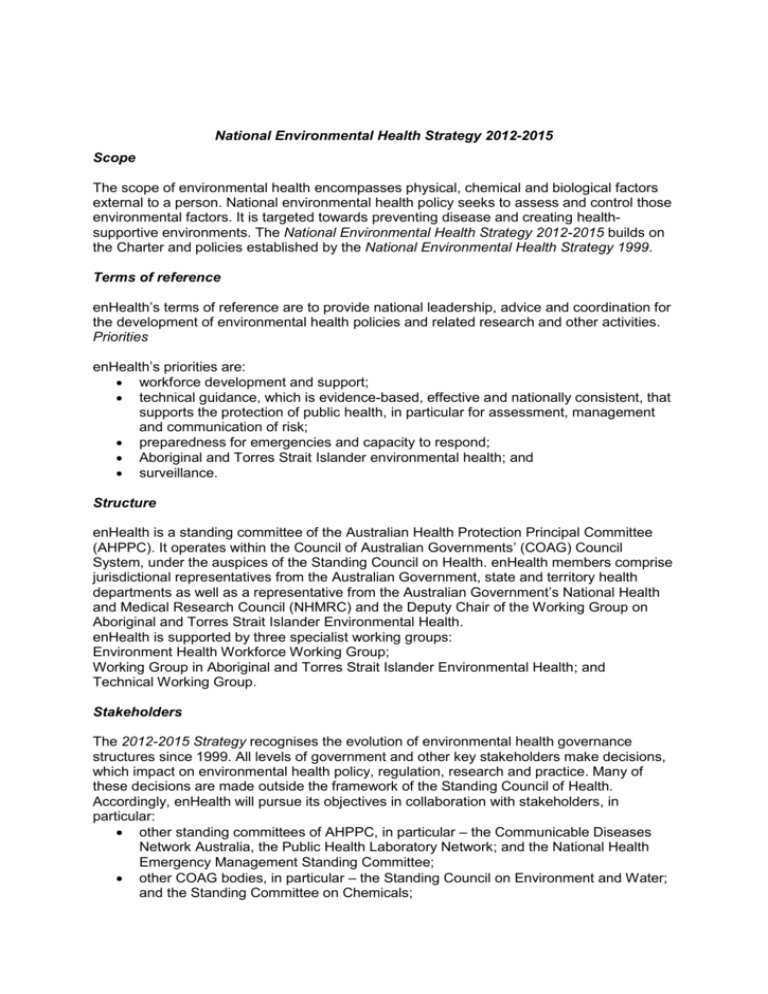
National Environmental Health Strategy 2012-2015 Scope The scope of environmental health encompasses physical, chemical and biological factors external to a person. National environmental health policy seeks to assess and control those environmental factors. It is targeted towards preventing disease and creating healthsupportive environments. The National Environmental Health Strategy 2012-2015 builds on the Charter and policies established by the National Environmental Health Strategy 1999. Terms of reference enHealth’s terms of reference are to provide national leadership, advice and coordination for the development of environmental health policies and related research and other activities. Priorities enHealth’s priorities are: workforce development and support; technical guidance, which is evidence-based, effective and nationally consistent, that supports the protection of public health, in particular for assessment, management and communication of risk; preparedness for emergencies and capacity to respond; Aboriginal and Torres Strait Islander environmental health; and surveillance. Structure enHealth is a standing committee of the Australian Health Protection Principal Committee (AHPPC). It operates within the Council of Australian Governments’ (COAG) Council System, under the auspices of the Standing Council on Health. enHealth members comprise jurisdictional representatives from the Australian Government, state and territory health departments as well as a representative from the Australian Government’s National Health and Medical Research Council (NHMRC) and the Deputy Chair of the Working Group on Aboriginal and Torres Strait Islander Environmental Health. enHealth is supported by three specialist working groups: Environment Health Workforce Working Group; Working Group in Aboriginal and Torres Strait Islander Environmental Health; and Technical Working Group. Stakeholders The 2012-2015 Strategy recognises the evolution of environmental health governance structures since 1999. All levels of government and other key stakeholders make decisions, which impact on environmental health policy, regulation, research and practice. Many of these decisions are made outside the framework of the Standing Council of Health. Accordingly, enHealth will pursue its objectives in collaboration with stakeholders, in particular: other standing committees of AHPPC, in particular – the Communicable Diseases Network Australia, the Public Health Laboratory Network; and the National Health Emergency Management Standing Committee; other COAG bodies, in particular – the Standing Council on Environment and Water; and the Standing Committee on Chemicals; other Australian Government and state and territory departments and agencies, in particular – the National Industrial Chemicals Notification and Accreditation Scheme; the Department of Climate Change and Energy Efficiency, the Department of Sustainability, Environment, Water, Population and Communities; and the Bureau of Meteorology; Australian Local Government Association, Local Government Managers Australia national water operators regulators’ forum (NORF); and professional bodies, universities and non-government organisations, in particular Environmental Health Australia; the Public Health Association of Australia and CHOICE. Work Plan enHealth will work to achieve its objectives through projects and activities such as producing publications, providing advice to other stakeholders and conducting workshops and conferences. Its annual Work Plan will set out specific activities, which for the period 20122015 is expected to cover: technical guidance relating to air and water quality and for risk management of lead, asbestos, other chemicals and soil contamination; Aboriginal and Torres Strait Islander public health communications and infrastructure; support development of a workforce to provide sustainable environmental health service delivery and policy development within all levels of government; surveillance of environment health indicators through the National Plan for Environmental Information; and review of basic reference materials such as Health Impact Assessment Guidelines. 2





